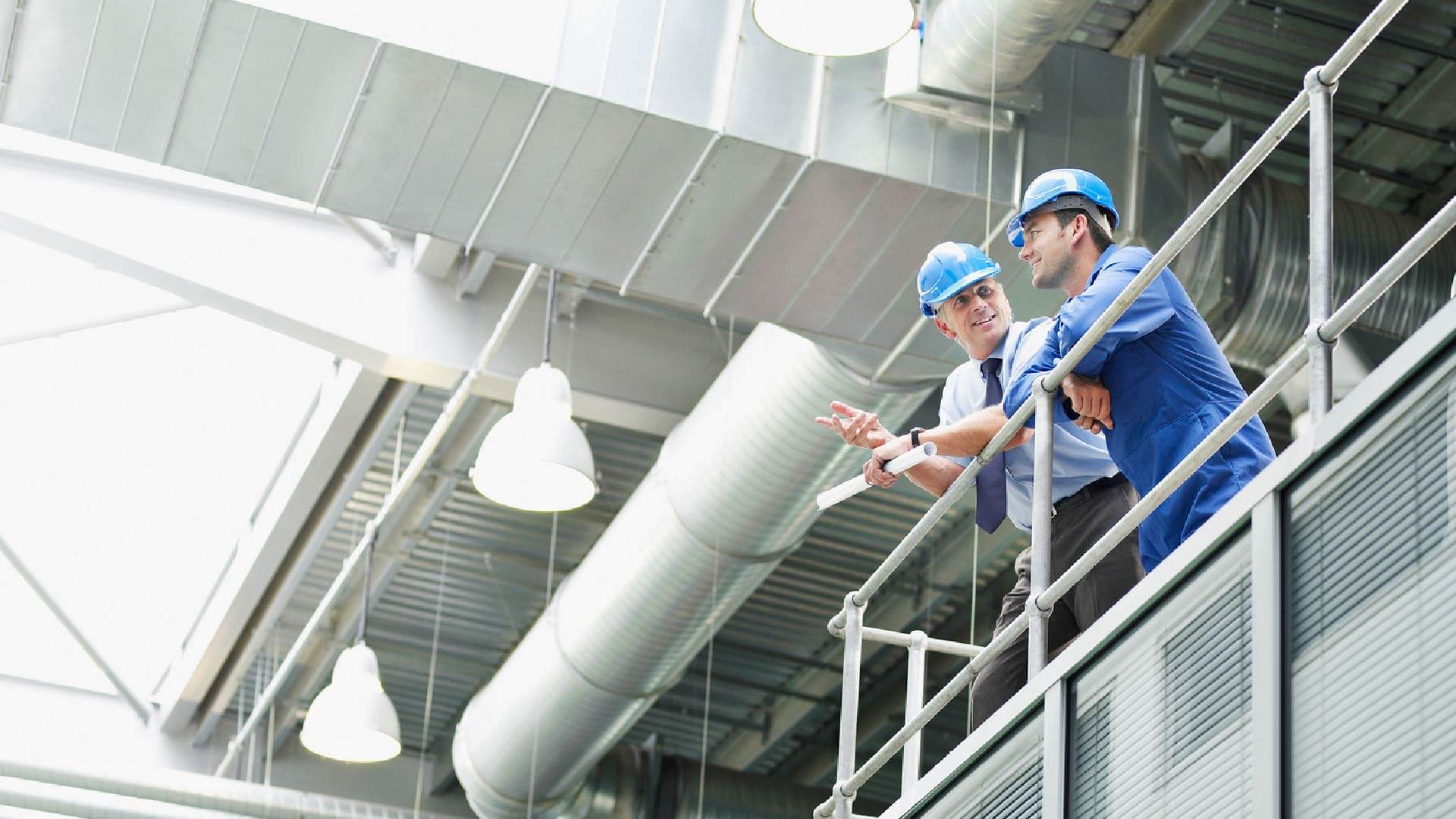IoT Technology: A Gateway To Building Decarbonization
Interest in the sustainability agenda continues to surge amongst real estate and facilities executives. Increasing regulations and societal pressure are driving firms to outline progressively ambitious sustainability goals. And more recently, spiking gas prices across Europe have swiftly brought new visibility to the energy management agenda. In our 2021 global corporate survey of 285 real estate executives, more than half of respondents view building decarbonization as one of the top two most important strategic objectives in the next three years.
Firms revising their energy management strategies should start by exploring recent innovation across IoT technologies that is making energy efficiency easier and more effective. For example, IoT sensors at cheaper prices can ensure more complete energy data capture, while more sophisticated analytics help firms pinpoint efficiency opportunities and verify the success of retrofit projects. The use of IoT solutions for energy management is already a common application, with 47% of firms currently using it to some capacity and a further 46% of firms evaluating or trialling the technology.
One focal point of innovation has been the rise of cost-effective IoT-enabled energy management systems for small premises. In October 2021, Siemens announced the acquisition of French IoT hardware and software firm Wattsense. The deal adds a plug-and-play IoT management system targeted at small and medium-sized buildings to Siemens’ building products portfolio. Wattsense enables buildings with no incumbent building management system (BMS) to deploy a simple IoT solution to tackle building management processes, including energy management.
In addition, advances across IoT analytics are helping businesses track and improve building management processes. For example, Spacewell’s DEXMA solution delivers AI-enabled recommended actions, as well as the energy and cost savings associated with each action. Boston Scientific employed Schneider Electric’s Building Advisor solution to save almost 300,000kWh in energy in the first two years, resulting in the receipt of a $33,000 performance incentive from National Grid.
Firms still relying on high-level energy data from utility bills and building-level meters risk being left in the dark about energy-wasting equipment or performance drift from HVAC systems. As momentum around sustainability increases and facility managers are put under pressure to meet net zero carbon targets, firms need to make sure that IoT sensors and monitoring technology form part of their energy management strategy.
To hear more about the key trends in the smart building space, listen to our recent webinar Verdantix Smart Building Technology: Where Is The Market Heading in 2022?
About The Author

Dayann Charles
Senior Manager, Advisory Services





